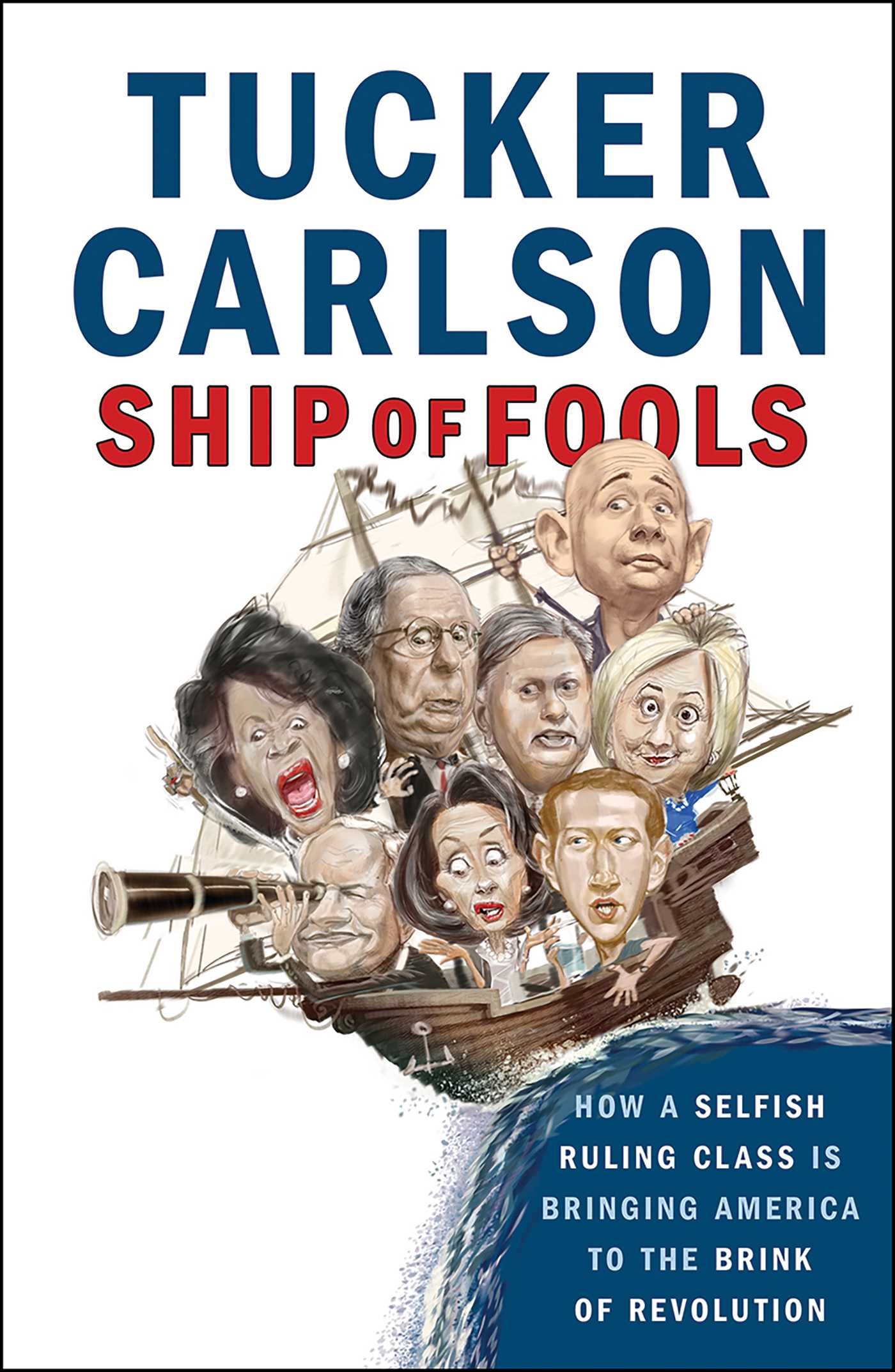Cornerstone of Liberty: Property Rights in 21st Century America
Life, liberty, and property.
This single phrase, adopted with slight variation by the elegant pen of Thomas Jefferson, serves as a fundamental insight to the few inalienable rights each person holds in a truly civil and just society.
In Timothy Sandefur’s concise study Cornerstone of Liberty: Property Rights in 21st Century America, he aims to take a comprehensive look at where property rights came from, how the Founders understood and protected them within the Constitution, and how they are in danger today. Though weighing in at a little over 120 pages, its five chapters pack a proverbial punch, outlining succinctly the progressive downfall of our right to maintain that which we inherently possess.
From the response of terrorism towards publications like Charlie Hedbo, to the less threatening ‘thought police’ attempting to govern the Internet today, many feel inculcated to submission with regard to their right of speech, religion, and association. Though as much a cornerstone of our republic as the other “sacred rights,” to quote Russell Kirk, property rights have taken a backseat to these more newsworthy violations of our liberties. In part, this is understandable. The vehicles driving most areas of property right debate are over complicated and dry statutes, found in courtrooms, and with victims unbeknownst to the general public. Sandefeur attempts to bring property rights back into the spotlight to warn us of what might happen if it remains in the shadows.
In the first chapter, which articulated the importance of private property, Sandefur correctly hit at the core of why this concept is so vital to a free society. Property, he notes, is “an essential part of the human experience.” Without the freedom to control the fruit of our own labor, the land where our seed is sown, or even the person holding the plow, we have lost that fundamental separation that even permits one to call themselves free.
Sandefur looked at rights in the Lockean sense, where property is more than the plotted land where we find our home. Property includes the most personal concept of our being: privacy. From our “desire for privacy to our need for fellowship,” the ability to not fear potential intrusion by our own government truly allows us to pursue happiness.
The depth of Sandefur’s analysis is at its strongest in these opening pages, where the reader is reminded of the foundation property sets for interaction within our society. Property allows for us to conduct business and create “profit incentives.” The very ideal of the American dream, prosperity attributable to voluntary exchange, is based upon the fact that we are able to freely own, operate, and interact in the marketplace, free from coercion. Even at the ballot box, we are able to cast our support behind the objects of our own democratic choosing without fear of retribution.
Sandefur moves on to note how the Founding Fathers understood the importance of preserving the almost entirely absolute approach to the rights of property. The Constitution protects our property rights through the 3rd, 4th, and 5th Amendments of the Bill of Rights. Without simply reiterating the same analysis Sandefur offers, what should be highlighted is how Progressivism found its window of opportunity in the latter lines of the 5th Amendment, which stated private property should not be “for public use, without just compensation.” Otherwise known as eminent domain.
A seemingly common sense idea as an agreeable means of exchange between citizen and state, eminent domain has been the primary basis behind most legal plunder in this country. From Poletown to Berman, Sandefur dissects how all levels of government have taken “public use” to mean “public good.” In other words, a community may find your land to have more economic potential than what you presently offer by owning it, so they will take it in the name of “public good.” In Euclid v. Ambler Realty, the Supreme Court said that “the choice of how to use land” belonged “not to its owner, but to the majority of the community.” Where the people’s interests lie, so must all others concede. Though Sandefur purposefully only selected some of the more obtuse claims handed down in judicial decisions, and at times spoke too summarily about the more complex cases, his evidence was anything but anecdotal.
Sandefur relied not only on court decisions, but also on legislation. Incomprehensibly vague Acts of Congress, such as the Clean Water Act, create a practical universal slate by which government can restrict property rights. The book spoke with a broader brush on legislation, looping in the New Deal almost solely to define Progressivism and its aims. Although one might find themselves wishing for more on this front, it is in the opinions from the bench, such as Kelo, Mesdaq, Pappa, and Berman that we find the most damning evidence of collectivist intent. Majorities decide upon that which they desire, and should you be on the wrong end of this decision, and should the court side with the mob out of deference to democracy, the minority can only sit by and watch their property be taken.
Through each example, the same cold condescension of those in power towards those who resist their almighty actions only builds frustration in the reader. Your elected purveyors and those boundless armies of bureaucrats bunkered in cubicles across Washington know what’s best for you. So just trust them. It is here where the tone of Sandefur’s writing is so captivating. Instead of joining the mob in anger, his prose remains steady and factually driven, creating in the reader a want for more, awaiting the justifiable outburst of their teacher.
Fortunately, Sandefur doesn’t leave us to revel in our own misery. He sought also to promote change. And there is hope. Increasingly, the more outrageous forms of legal plunder are coming under attack by members of the news media and cultural elite, such as HBO’s John Oliver. He listed various ways we can enact change, though most were simply reiterations of our legal channels of elections and legislation.
Overall though, Sandefur offers a fantastic rebuke of the current state of property rights in America, and how far we have fallen from our Founders’ vision. In the end, we are left only with our property and our person, doing all that we are able to defend the rights afforded to us by our own humanity.
Original CBC review by Robert Harrelson.
Tags: Cornerstone of Liberty, Property Rights, Timothy Sandefur
- The Author

Timothy Sandefur
Timothy Sandefur is a Principal Attorney at the Pacific Legal Foundation. As the lead attorney in the Economic Liberty Project, […] More about Timothy Sandefur.














